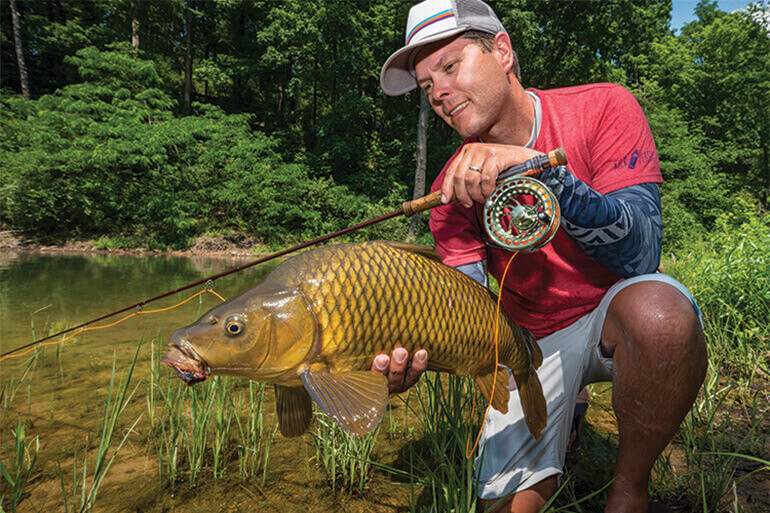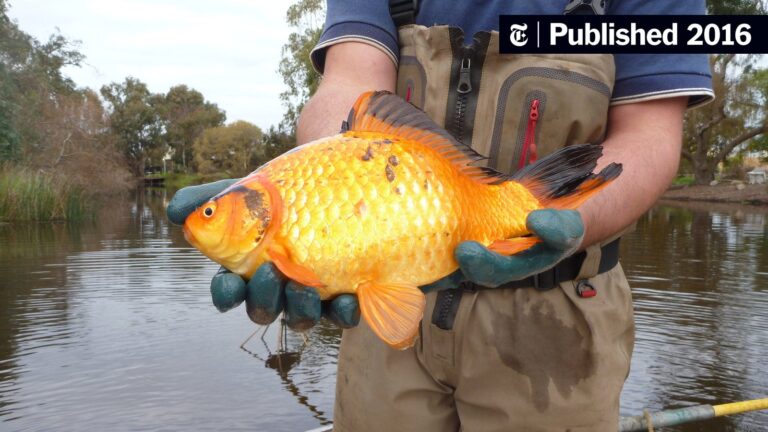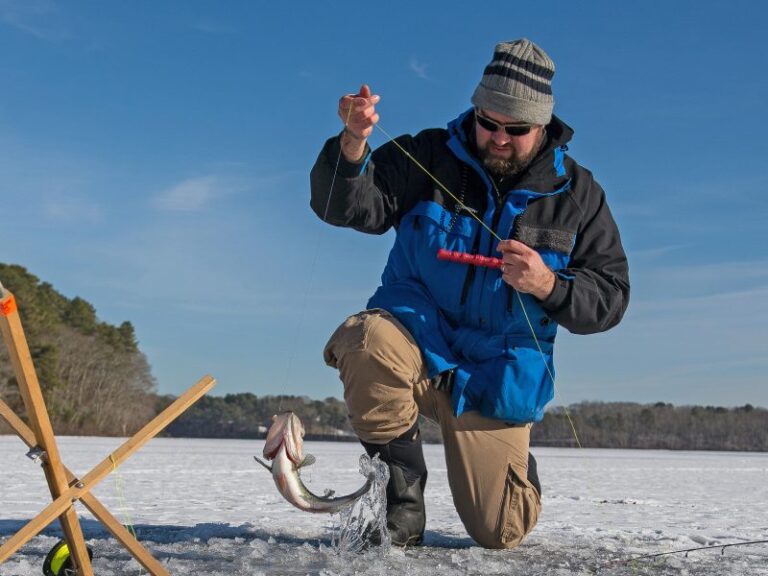Pond fishing techniques involve using the right gear and bait while having patience and being aware of your surroundings. When fishing in a pond, it’s important to consider the weather, time of day, and season.
By understanding the habits of the fish in the pond, you can increase your chances of catching them. Pond fishing is a great way to spend time outdoors and is enjoyed by people of all ages. Whether you’re a seasoned angler or a first-time fisherman, mastering a few pond fishing techniques can greatly improve your chances of success.
In this article, we will explore the different techniques and strategies that can be used when fishing in a pond.

Credit: www.flyfisherman.com
Understanding The Pond Ecosystem
Pond fishing is an enjoyable and rewarding activity that requires a good understanding of the pond ecosystem. The pond is a busy and complex environment, affected by a range of factors that influence the behavior of fish. If you’re looking to improve your pond fishing techniques, here’s all you need to know about understanding the pond ecosystem.
The Basics Of Pond Fishing
Before diving into the details, it’s important to understand some basic principles of pond fishing. Here are a few things to keep in mind:
- Different types of fish behave differently, so it’s important to know which species you’re targeting.
- Casting techniques and the type of bait used can make a big difference to the success of your fishing trip.
- Good angling requires patience, persistence, and a good understanding of the pond’s ecosystem.
With that in mind, let’s delve deeper into the details.
Understanding The Role Of Water Temperature
Water temperature plays a crucial role in the feeding and activity patterns of fish. Here are some things you should know:
- Fish are cold-blooded animals and their metabolism is dependent on water temperature.
- Fish tend to be most active when the water temperature is between 55°f and 80°f.
- Fish become less active in cold water as their metabolism slows down, but they will still feed.
Identifying The Most Productive Areas Of A Pond
Not all areas of a pond are the same when it comes to fish activity. Here are some things to look out for:
- Look for structures like rocks, logs, and weed beds that can provide shelter for fish.
- Insect activity such as flies and mosquitoes can indicate a productive area for fish.
- Fish tend to congregate in deep, well-oxygenated water, so these areas are also worth checking out.
By understanding these key aspects of the pond ecosystem, you’ll be in a better position to improve your pond fishing techniques. Remember, good pond fishing takes time and experience, so don’t be discouraged if you don’t catch anything on your first trip.
Keep these tips in mind, and you’ll be well on your way to a successful fishing adventure.
Essential Pond Fishing Gear
Pond Fishing Techniques: Essential Pond Fishing Gear
Are you an avid angler looking for your next fishing escapade? If you are, you’re in the right place! One of the most exhilarating and calming activities you can do in your free time is pond fishing. Not only is it fun, but it also helps you unwind and enjoy nature.
But before hitting the pond, you need to have the right equipment. Here are some essential pond fishing gear that you must have:
Rods And Reels: Choosing The Right Equipment
- Determine the type of fish you intend to catch, as this will dictate the specifications of your rod and reel.
- Select a rod and reel with the right length and strength for the type of environment and species you’re targeting.
- Choose your equipment according to your budget, as there are many options available in various price ranges, with different materials and features.
Bait And Lures: A Comprehensive Guide
- Know the type of bait and lure that works best with the fish species you’re targeting.
- Understand the behavior of the fish you’re targeting and use bait or lures that are designed to look like the fish’s natural prey.
- Experiment with different types of bait and lures until you find the ones that work best for you.
Additional Gear: What You Need To Know
- Get a good quality fishing line to complement your rod and reel, with the right strength and thickness for the fish you’re targeting.
- Don’t forget to carry a pair of pliers or forceps to remove hooks, as well as a hook sharpener to keep your hooks sharp.
- Bring along a life jacket or personal floatation device, especially if you’re fishing from a boat or in deep water.
In a nutshell, having the right equipment is crucial for a successful pond fishing trip. Whether you’re targeting a specific fish species or enjoying nature, having all the essential gear will make your experience much more enjoyable. Don’t forget to keep an eye on the weather and follow safety measures, and most importantly, have fun!
Strategies For Catching Big Fish
Fishing in a pond is always an exciting experience. Catching big fish can be challenging, but with the right techniques and strategies, it can be rewarding. Here are some useful tips for catching big fish in a pond:
Techniques For Largemouth Bass
Largemouth bass is a popular species to catch in ponds. The following tips will assist you in catching these mighty fish:
- Fish in the early morning or late afternoon when the water is cooler.
- Largemouth bass prefers to hide in cover, so try casting near weed beds, rocks or underwater structures.
- Use bait that looks like a small fish or frog.
- Retrieve your bait slowly while keeping an eye on the line for any movement as a bass might be taking the bait.
- When the fish takes the bait, quickly pull back to set the hook firmly.
Tips For Crappie And Bluegill Fishing
Crappie and bluegill are interesting species to catch due to their unique markings. Here’s how you can catch them:
- Fish during early morning or late afternoon since these species often feed during these hours.
- Cast your line near weeds, rocks or underwater structures.
- Use small lures such as jigs or tubes with a lightweight.
- Retrieve the lure slowly and with precision, as the fish has a small mouth, and a sudden jerk is likely to pull the bait out.
Best Practices For Catfish Fishing
Catfish is a challenging species to catch but can be rewarding due to its size. Here are some tips to follow for successful catfishing:
- Catfish often feed during the night, so fish after sunset or before dawn.
- Use baits with a strong smell, such as chicken liver, cheese or worms.
- Place the bait on the bottom of the pond.
- Be patient! Catfish can take time to swallow the bait before setting the hook.
- Once the fish takes the bait, reel it in slowly and steadily.
With these strategies and techniques, you’ll be well on your way to catching big fish in a pond!
Conclusion
Pond fishing can be a fun and rewarding experience if you follow the right techniques. By selecting the right spot, using the right bait, and using different techniques, you can increase your chances of catching more fish. Additionally, it’s important to be patient and persistent, as pond fishing can sometimes be more challenging than other types of fishing.
Don’t forget to also pay attention to weather conditions, as this can affect the behavior of fish. By keeping these tips in mind and adapting to your surroundings, pond fishing can be a great way to spend time outdoors and catch some fish.
So grab your gear, head to the nearest pond, and start fishing!





